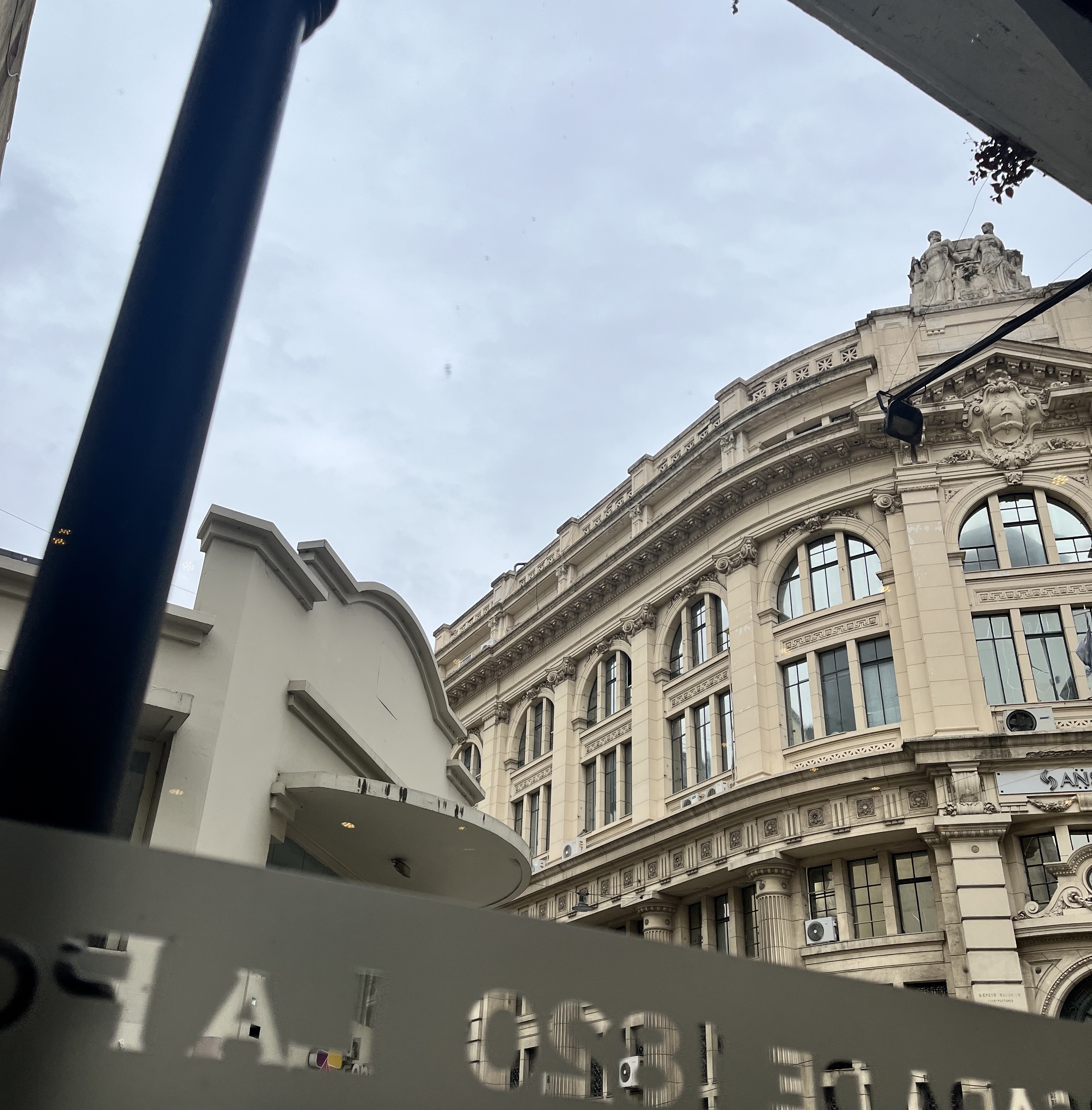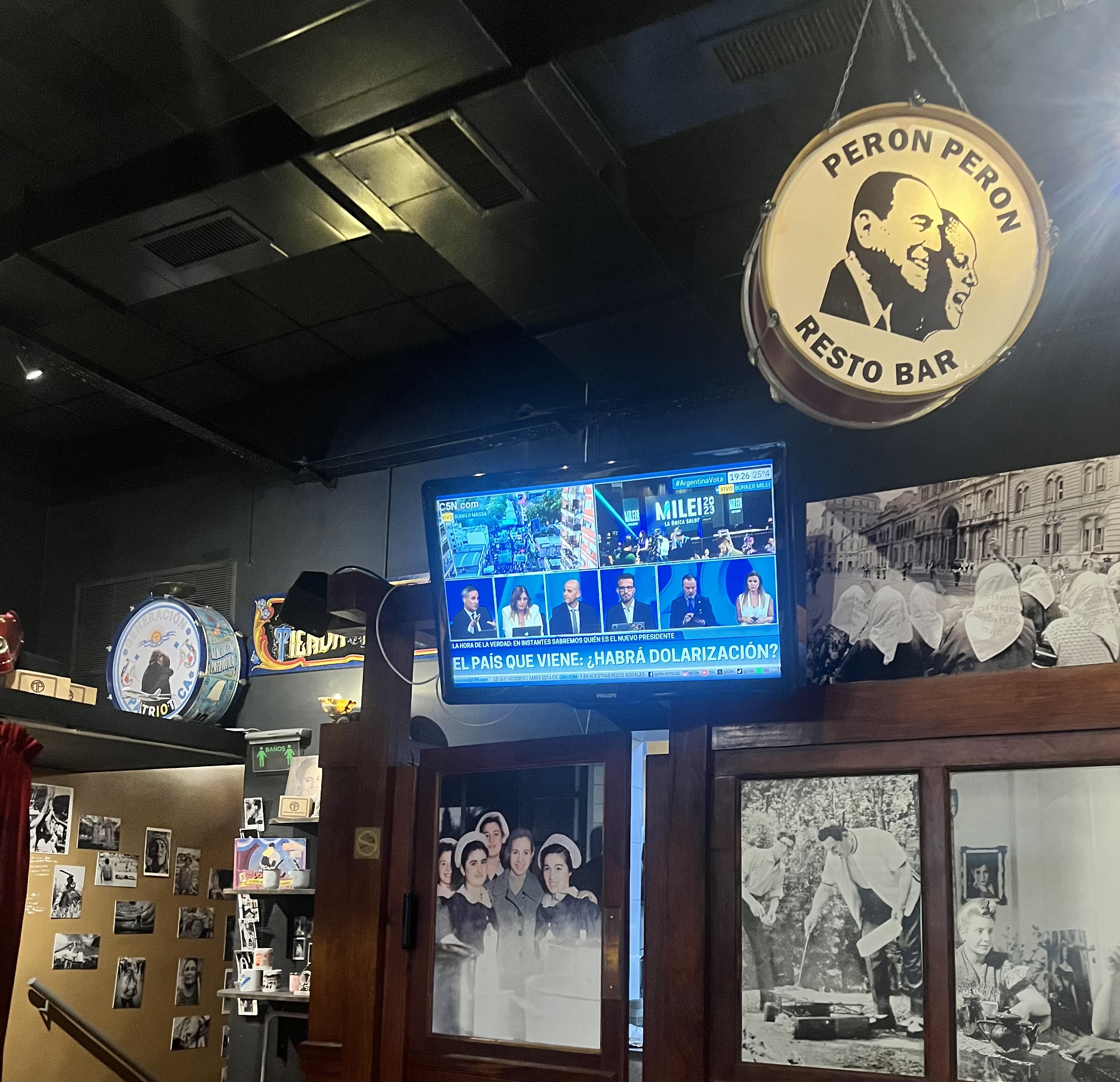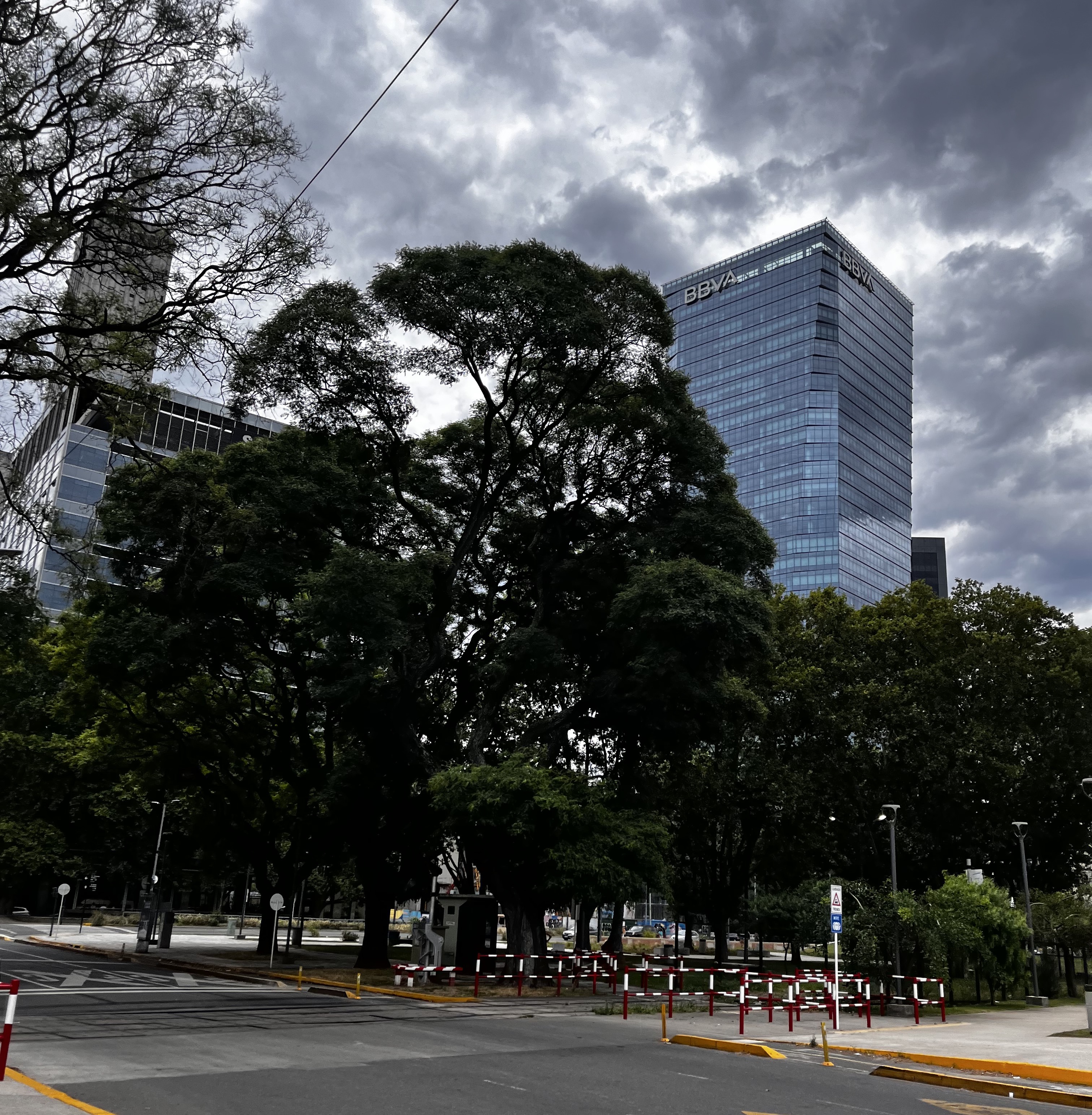Argentina
Table of Contents
I've spent a few weeks in Argentina, mostly focused on Buenos Aires and Ushuaia. These are my field notes from time there. This will get updated as I see more of Argentina.
Argentina is a massive country, with its cultural capital and economic capital in Buenos Aires. However, traditionally, a lot of the historical attractions, such as the Catholic University of Argentina1, is based out of Rosario. Mendoza, a city in the southwest, is a popular tourist destination for skiing and other activities as well.
My personal experience is only in two places: Buenos Aires and Ushuaia, a city at the southernmost tip.
1. Buenos Aires
Buenos Aires is big, but developed in a way that's largely sensible. The subway and bus systems work, and large portions of the city and beautiful and have developed nicely. I imagine this is what Baghdad is like if there weren't any war scars.
Notably, I've only been in BA since the economic crisis started, which means that everything for me was insanely cheap. I would usually take a Buquebus boat from Montevideo or Catalonia to BA for a shopping weekend.
There's sections of Buenos Aires that feel like you're in the bones of an massive empire, which Argentina actually was on the path to preceding 2001. The financial crisis of 2001, which was resulting from the aftershocks of the Asian Financial Crisis, left it with impressive infrastructure but a myriad of social problems.
Argentina (at least until Milei) was largely run by a political force named Peronism. At the risk of too many Iraq comparisons, it feels like to me Peronism is similar to Ba'athism. In the words of Elana Shever2:
One cannot understand events in Argentina since the 1940s without understanding Peronism, and this is true of oil politics as much as anything else. Peronism is a social movement, a political party, a cultural force, and a popular social identity that is organized around the figure of Juan Domingo Perón but far transcends him.
You see effects of this everywhere, I went to a bar named Peron Peron Vivo!, which had shrines to honor Juan Domingo Peron and Eva Peron.
The city metro is great, a testament to how absolutely shitty the NYC subway system is. Trains run more frequently than NYC, and don't take insane detours on the weekends.
Cultural life is relatively good, while Argentinian food I could take or leave, given my time in Uruguay, the benefit of Buenos Aires is that BA has a much more distinctive cultural life. The Chinatown in BA is huge, with tons of other cuisines and effects available. I specifically always end up going to Sultan in order to buy tobacco for my shisha.
In comparison to Montevideo, it seems like dedication to greengage is less common here in BA. While Montevideo seems to have a strong commitment to having a tree on every street, in front of every building, BA seems to take it a little differently, where there are significant areas of pure concrete.
It's important to understand that in the last decade, the cultural power of Argentina has overshadowed the culture of Uruguayans. In Tierra del Fuego, an Argentinian that I was chatting to mused that Uruguay probably has the same food as Argentina, which shocked me, coming from Uruguay. Uruguayans in recent years live in the shadow of Argentina, all the movies, TV shows, and music typically arrive from Argentina just purely due to the sheer difference in population size, resulting in a US/Canada like situation, where the Uruguayans constantly think about Argentina while the Argentinians barely think about the Uruguayans.
Despite both Argentina and Uruguay sitting on Rio de la Plata, Argentina has no beaches outside of a city called Mar De Sur. As a result, Argentinians who have money usually go to Uruguay for beaches, especially a resort town called Punta Del Este, often abbreviated as PDE. This is somewhat of a meme in Uruguay, with people talking about how rich Argentinians will usually stash their money in Uruguayan properties, as the currency in Uruguay has been much more stable than Argentina, creating an almost Hong Kong like situation.
1.1. Religion
Religion is much bigger in Argentina than Uruguay, despite the similarities in the cultures. Uruguay is aggressively secular, while Argentina is still quite religious. Clerics in Argentina were a specific part of Parliament for a long period of time, and the military dictatorship took to killing priests and nuns over 40 years ago, including the infamous flying nun incident, resulting in grand churches and symbols of religiosity. I saw little statues to Mary or various saints in many places, including right before boarding at the airport.
Another symbol of common religion is along the highways in Argentina, where there are many little shrines called "gauchitos". These are derived from "Gauchito Gil", where people offer small items, such as water and cigarettes, at the shrines to pray for safe travels.
2. Ushuaia and Tierra del Fuego
My guide dog on the east side of Tierra Del Fuego.
Ushuaia is the southernmost "city" in Argentina, in the province of Tierra del Fuego (land of fire). I would hesitate to call it a city, although @pinboard wrote about his experiences there and had a similar experience, Ushuaia is small, organized around a central tourist area, with bleak rates of domestic abuse and depression. On the flip side, it's home to some incredible natural beauty, ranches, and most importantly of all, penguins.
The isle of Tierra del Fuego is split between the Chilean side and the Argentinian side, although I only visited the Argentinian side. However, I met a few people that took a 12 hour boat from Punta Arenas, a city further north in Chile.
The island itself lies on two continental plates, with Ushuaia nestled among the mountains created by the plates. This means that, if you head east, the land becomes flat and filled with ranches.
Cabo San Pablo, about two hours east of Ushuaia, has a large grounded boat, which the government frequently ponders removing but ultimately has been left as a tourist attraction. The federal government exempts the province of Tierra del Fuego from taxes, which my friends in Buenos Aires contend is the only reason to live there. There's some hiking to be done around the beach, but I found myself often being the only human in a square mile, with my guide dog as the only companion. It's an excellent place to think.
Taking a boat south crosses you through the Beagle Channel, which takes you to the main attraction of Tierra del Fuego: penguins. You'll find them on many of the islands, which are shockingly green in the summer, with penguins waddling along the sands.
3. Argentina
Argentina is undoubtedly in an economic crisis, with a fluctuating exchange rate and tons of semi-formalized exchange shops. Coming from Baghdad, this was all stuff I was used to, but what I was really struck by was how much more functional Buenos Aires was than Baghdad. Organized protests were also much more active, owing to their history here. It's a beautiful country, with bountiful natural resources and friendly people.





